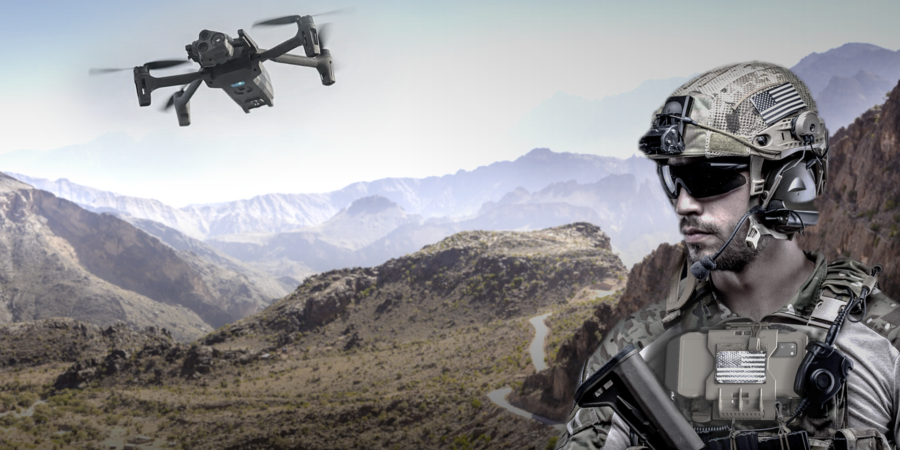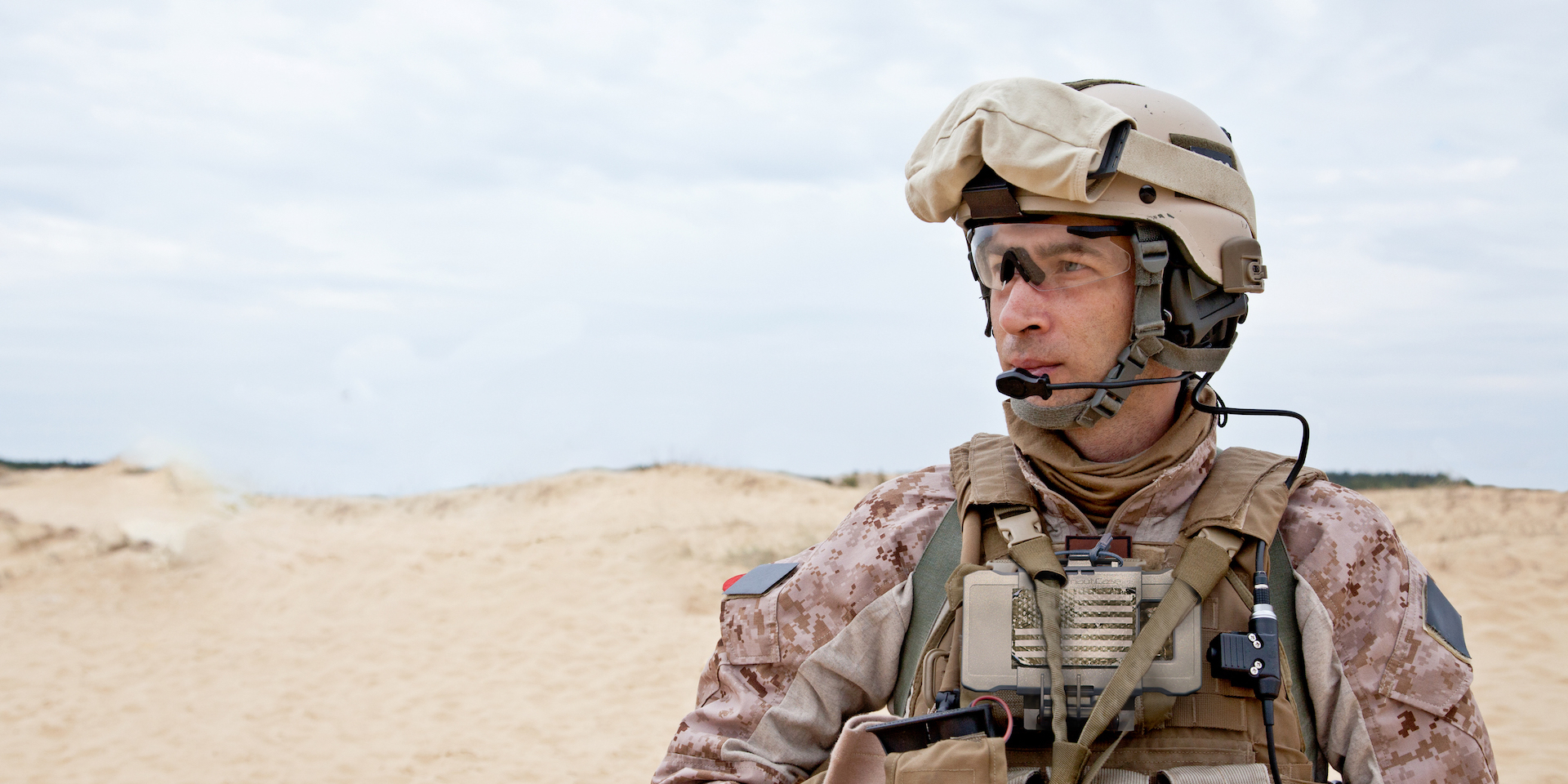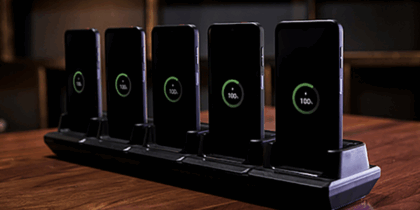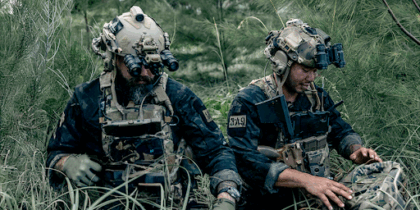The rapid acceptance of smartphones for military use positions the frontline soldier as a key processing point on the battlefield. The DoD has made tremendous strides in improving situational awareness and the speed of information exchange through programs such as Nett Warrior and ATAK, which effectively make this portable network architecture the de facto standard.
These programs also unlock new capabilities that support the rapidly expanding array of unmanned systems. Unmanned ground, air and sea vehicles (UxVs) are force multipliers that remove the soldier from danger and enhance situational awareness, greatly increasing their effectiveness throughout the mission.
A significant challenge to the effective deployment of these unmanned systems is that, today, each UxV system is procured with its own custom controller. This means that ground troops — already burdened with the weight of their current tactical equipment — also need to carry multiple proprietary controllers that are commonly the size of a laptop.
This impact is magnified on two fronts. First, when making a choice about what should be carried, food, water and ammunition will always take precedence over additional technology, no matter how useful. Second, troops need to train intensively on each individual control system to be effective. This not only impacts readiness; it can put the soldier at risk in a high-stress situation when there is no time to think about which button to press.
While the government has mandated architectures for how unmanned systems should be controlled, it is up to each manufacturer to decide how to implement those rules. What is needed is a unified, common control interface, optimized for dismounted use, that relieves both the training and logistics burdens.
A multidomain, cross-architecture solution
The automotive industry long ago settled on standards for many controls, to the point where today, drivers are unlikely to look in the user manual to figure out how to drive a car. In contrast, the UxV market is still relatively young, so interface standards have not yet been agreed upon.
In addition, different classes of UxVs tend to use equally different network protocols and architectures. Networking all these systems together and integrating them such that they are all viewable and controllable from a common operating picture on a single mobile device would greatly reduce the physical and cognitive load on soldiers.
An app on a smartphone is the ideal solution for such a common controller. The intuitive nature and configurability of a touchscreen addresses the training issue while smartphones themselves, already carried by many troops, increase in computing power with every generation.
Maintain cognitive dominance across all domains
Get your free guide to mission-ready mobile solutions built for the hyper-enabled operator. Download Now
This is precisely the solution that Tomahawk Robotics has developed. Kinesis™ is a highly intuitive and secure common control system for field-deployed robotic platforms, allowing operators to control surface, ground and air UxVs simultaneously. The system runs on proven handheld devices, such as the Galaxy S20 Tactical Edition, with software that bridges the disparate UxV architectures.
Offloading the load
In the field, military personnel cannot focus exclusively on operating unmanned systems. Service members have other jobs that need to be performed, leaving them limited capacity to manually fly a drone in high-stress situations. Delegating some of these tasks by using contextual commands means that the UxV can transition to automated control easily and seamlessly as the mission requires.
For example, instead of manually guiding both a ground robot and an aerial drone to a location, Kinesis enables the operator to manually control the UGV while the UAV autonomously follows overhead to provide a bird’s-eye view. Notifications on the smartphone relay the progress of all UxVs to the operator and the team via ATAK, so attention is only required when an unmanned system is ready for the next action.
The unique combination of common control software coupled with powerful mobile devices such as Samsung smartphones enables artificial intelligence (AI) and machine learning (ML) to be applied to the smallest of UxVs, which typically do not have the physical space or power to perform edge processing. Kinesis can integrate third party AI/ML solutions on the smartphone to unlock advanced capabilities for all connected unmanned systems.
COTS solutions for DoD flexibility
The DoD is committed to fielding commercial off-the-shelf solutions (COTS) in the tactical space. Hardened COTS devices are easily sourced and can be replaced quickly if damaged in the field. Plus, smartphones are familiar devices and part of the foundation of proven, intuitive tech that Kinesis was built to support.
It should not be overlooked that this approach makes tremendous economic sense. The cost of the solution is roughly half the cost of proprietary solutions. If applied to the DoD’s currently planned UxV deployments, which exceed 20,000 systems over the next decade, these savings could easily top $150 million dollars.
As a COTS solution, Kinesis running on Galaxy S20 Tactical Edition smartphones deliver faster fielding and more flexibility for service members — a solution that provides frontline troops with greater situational awareness and intuitive, common control in the most uncontrollable situations.
Learn how the Galaxy S20 Tactical Edition puts operators at the center of a multidomain communications and control ecosystem.









